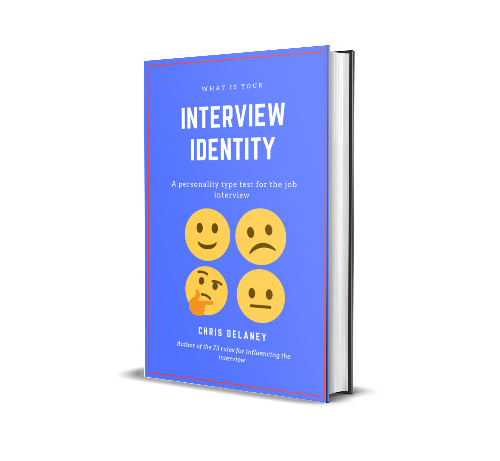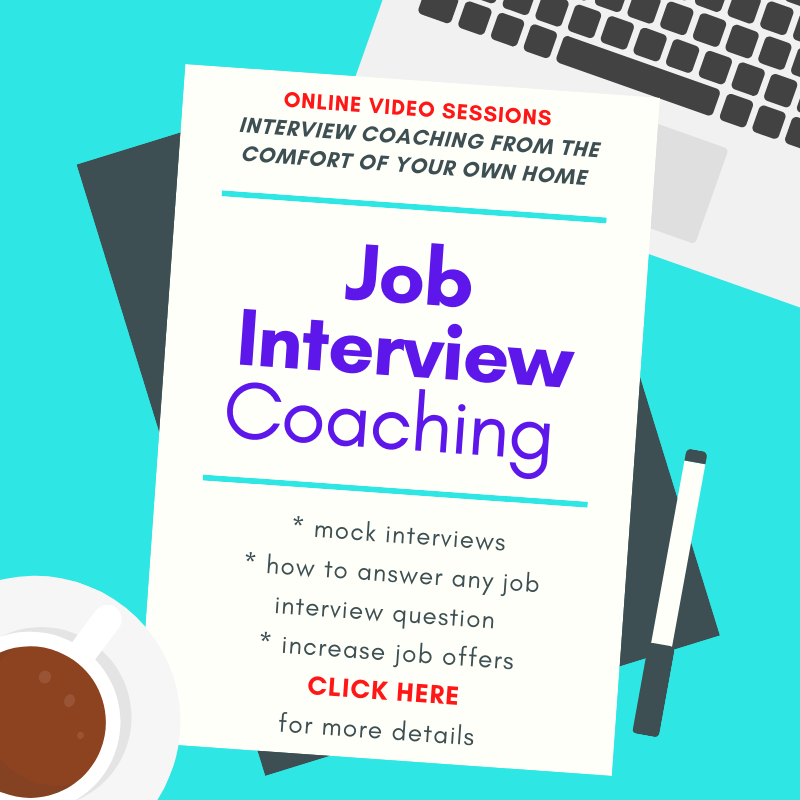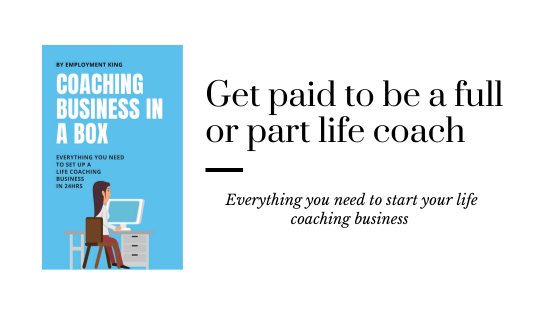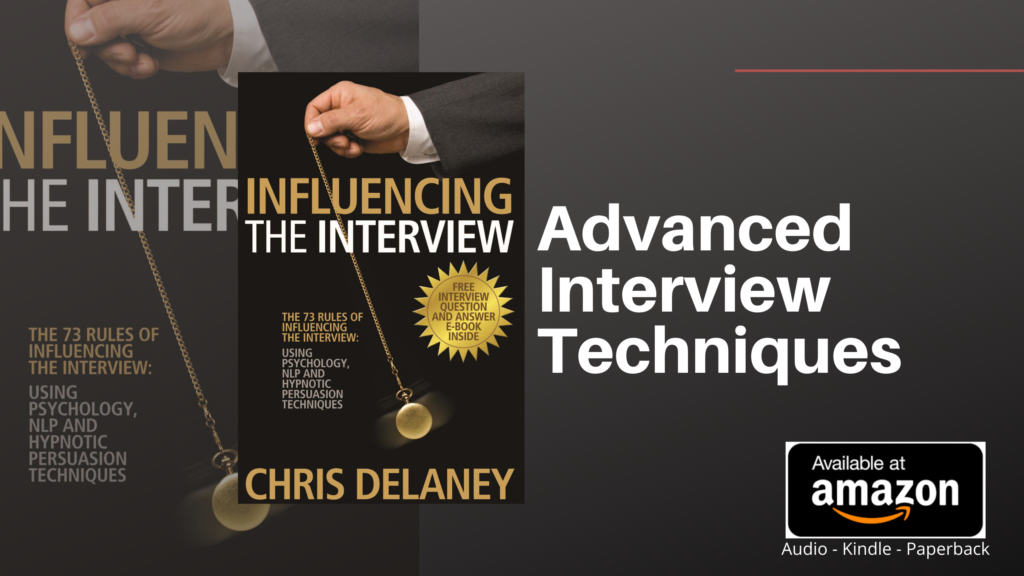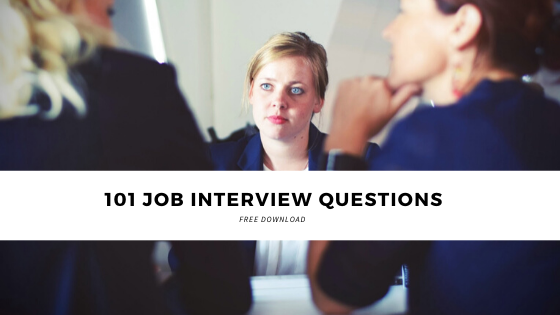Job interview preparation is key to a successful job interview outcome.
I know that statement sounds obvious, but research shows that unsuccessful applicants spend an average of 45 minutes in interview preparation, whereas a regular winner of job offers will spend at least 4-5 hours in dedicated interview research, writing answers and practicing public speaking.
The minimum 4-5 hours, for high skilled job roles, should be extended to at least 10 hours due to the level of ability of the competition. For high paid positions other job applicants, with a high level of experience and confidence, will be viewed as a charismatic interviewee.
It is hard to beat a competitor who is seen as highly employable, without adequate preparation and practice.
Each job applicant should first reflect on their past job interview performances and take the interview identity test to understand how they are viewed by an employer.
The 3 Areas of Interview Preparation
- Understanding the type of interview they will be attending
- Delivery of job interview answers
- Content of interview answers
Types of Job Interviews
The duration of the job interview can often hint about type of interview the employer will perform.
Knowing the type of job interview gives a prepared applicant an advantage as they can prepare for specific interview tasks.
A 20 minute interview is often an informal job interview, where there are no set questions – the interview is more of a natural conversation.
The common 45-60 minute recruitment process is a panel interview – a structured job interview, where answers to questions are marked against a set of specific job criteria.
Full-day job interviews consist of an introduction and walk-around (of the premises). A group activity, a practical test, and a panel interview.
These long interview days can be tiring and need additional preparation. Simple tips like eating a healthy breakfast and keeping hydrated can really pay off.
Multiple day interviews are rounds of interviews, where successful applicants are invited back for a second, third, or even fourth interview.
Each interview round is delivered by a specialist who can include an HR member of staff, the direct line manager of the applicant, and an industry expert.
In addition some job interviews will consist of:
- A presentation or introduction
- Literacy and numeracy test
- Demonstration of technical skills
- Role play – very common for leadership roles
- Problem solving tasks to observe stress resistance
- Psychometric test – practice with example tests
Delivery of Answers
The confident communication of competencies can be the tipping point to the offer of the advertised position.
The interview medium affects the level of confident communication.
Generally speaking, applicants will either communicate interview answers:
- Face-to-face during a ‘live’ job interview.
- Online, during a video job interview – requiring an understanding of framing and audio requirements.
- Or, deliver answers to a artificial intelligence recruiter. The AI interview comes in several formats, from the bots guessing at personality traits to applicants having to record interview answers on a video.
No matter the type of interview, the key criteria for a successful job interview outcome is the candidate’s level of confidence.
A confident delivery of answers, the data shows, increases job offers.
Confidence creates a self-fulfilling prophecy. The applicant believing in themselves will give a more detailed answers, will have stronger eye contact and their relaxed appearance is the platform for building a natural rapport with the hiring manager.
Confidence is an expression in non-verbal communication, such as the use of gestures and the candidates posture.
Relaxation increase confidence and confidence improves relaxation (or calmness).
To be more relaxed in a job interview:
- Gain job interview exposure
Exposure therapy shows how being exposed to the same stimuli, in our case the job interview environment, reduces the associated anxiety.
The exposure of a job interview – attending a high number of recruitment days and/or mock interviews with an interview coach creates familiarity and familiarity leads to the feeling of control.
This is why preparing interview answers for predicted job interview questions is a key pre-interview preparation. It creates a familiar feeling – I know the answer to this question!
In fact, this is why the career professional who spends 4-5 hours, or more, preparing for the forthcoming interview is more successful than the under-prepared 45-minute applicant – the longer interview preparation often equates to higher number of times to applicant has repeated their interview answers.
- Become a skilled orator
The structure of the interview answer, plus the tonality, volume, and pace of the speaker is just as important as the content.
In short, practicing public speaking will give an interviewee an advantage over other job applicants.
To practice public speaking:
- Attend a public speaking group
- Join a debate club
- Get involved in improv classes
- Book an interview coach session
- Read prepared interview answers outload
Content
Recruitment research, time and time again, shows how a structured job interview helps to predict the job performance of the pool of interviewees.
This is why a high number of hiring managers have turned to behavioral and situation job interview questions.
Each of the applicant’s answers are marked against the scoring criteria on the employer’s job interview scorecard.
In simple terms, to gain a satisfactory score the job applicants must reference the job criteria.
This is why content is king.
There are three ways to present content:
- As a story (giving an example)
- Using facts, figures and data
- In a logical sequence
Ideally, the savvy interviewee will use a mixture of ways to showcase how they meet the criteria for the position.
A job interview identity is a mixture of content and delivery. An employer will have a positive view of a job applicant who they perceive to have a high level of knowledge and experience and who delivers answers with confidence.
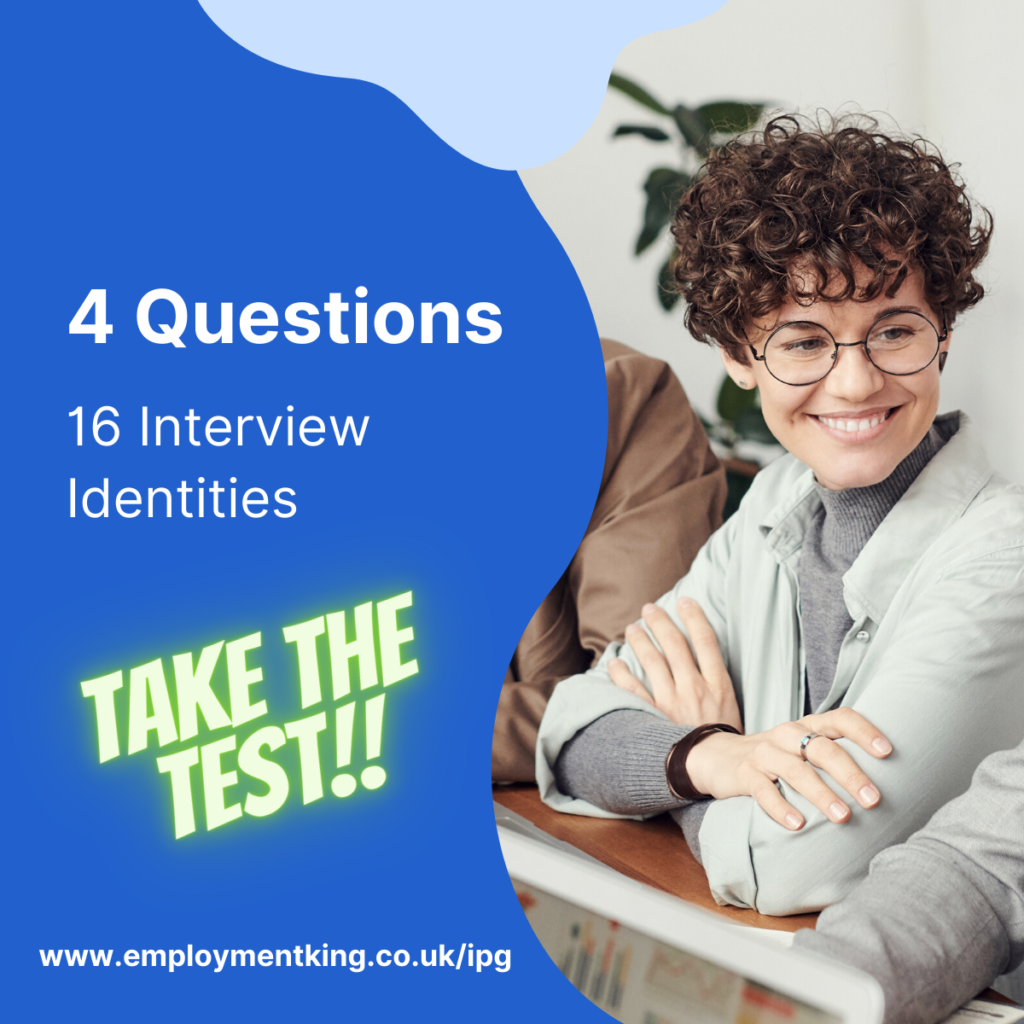
Job Interview Stories
Research using MRIs shows how two people’s brains synchronize when one person is telling a story to another.
Job interview successes come down to the communication of competencies, which is influenced through likeability, unconscious bias, and rapport. “The stronger the coupling, the better the understanding,” said Uri Hasson, a professor of psychology and neuroscience at Princeton University.
Giving examples, or stories, activates the brains ‘social interactions’ regions, where the mind becomes focused on what the character is thinking and feeling rather than the sequence of events itself.
In short, the employer when listening to a story or example, will be more able to predict the motivations, emotions, and beliefs of other people – the suitability of the applicant vs the culture of the company.
Facts and Data
Facts, figures and data shouldn’t be ignored.
The conscious part of the mind can process 50 bits of information per second, but the brain receives around 11 million bits of information per second.
The mistake career professionals make, when presenting data, statistics and figures, is that they overwhelm the employer with numbers.
Most information received, is stored in the short-term memory for around 20-30 seconds. The short-term memory is limited to the amount of data it can store. Psychologist George Miller found that people can store between on average 7 items in short-term memory, give or take 1 or 2 items.
Numbers don’t create high-scoring interview answers, stories do. The data, is the evidence to make the story believable.
When presenting data during a job interview, the applicant needs to first give context – the beginning of the story.
Percentages, statistics, data and facts and figures are valid tools to use in a job interview, as the numbers given can shock, inspire or create intrigue.
The framing of data creates a short-cut that influences how the employer hears the evidence, as a positive or negative. An example of this is the marketing frames food products use. One yogurt brand states “This yogurt contains 20% fat” and the other: “This yogurt is 80% fat-free“ Same information, different frame.
Humans like the numerous ways numbers are presented, as the data makes it easy to understand complex information.
The employer’s assumption is: ‘the numbers speak for themselves even though specific evidence may be missing.

Logical Sequence
A second barrier, during a recruitment process, for the short-term memory is being able to follow the interview answer and therefore understand the point the job applicant is making.
The lack of preparation, alongside the anxiety created in an interview environment, often results in interviewees vomiting meaningless information that doesn’t make logical sense.
When asked a question, the human brain is hard-wired to find a response.
In an article on Medium they said: “With the conditions set for the brain to respond to the question, there’s a rush of dopamine. This can have two opposite effects. On the one hand, it might trigger our reward mechanism and we are motivated to go in search of the answers. On the other hand, we might fear giving the wrong answer which makes it more difficult for us to think in a way that will help us provide a worthy response to the question.”
Once asked a question, it is hard for the mind to focus on anything but the question.
The rule of thumb is that an interviewee will be nervous, attempting to find a suitable response that won’t be rejected by the hiring manager.
It is the fear of rejection and the pressure of time, needing to respond to the question instantly, that results in a mind-dump. A mind-dump is when an applicant says whatever comes into their heads.
The problem here, is that humans think of options. If I ask you what restaurant would you like to eat at for your Birthday? You would probably think of several options.
This same thought process happens in a job interview. Once asked a question, the candidate will have several scenarios popping into conscious awareness.
A prepared and practice interviewee doesn’t suffer from a mind-dump, as the repetition of answering predicted questions creates an automatic response; the interviewee starts the delivery of the interview answer without conscious awareness.
What is often misunderstood is the logical sequence required for a high-scoring interview answer.
The nonsensical answer, is created by a splatter-gun approach of random bits of information, data and parts of stories, all confusing the employer.
By having a logical sequence, not only does the employer follow the answer clearly, the interviewee feels more confident.
The easiest format to follow is to:
- Always state a problem or barrier
- Explain specific actions taken
- Give a positive outcome of the actions taken



